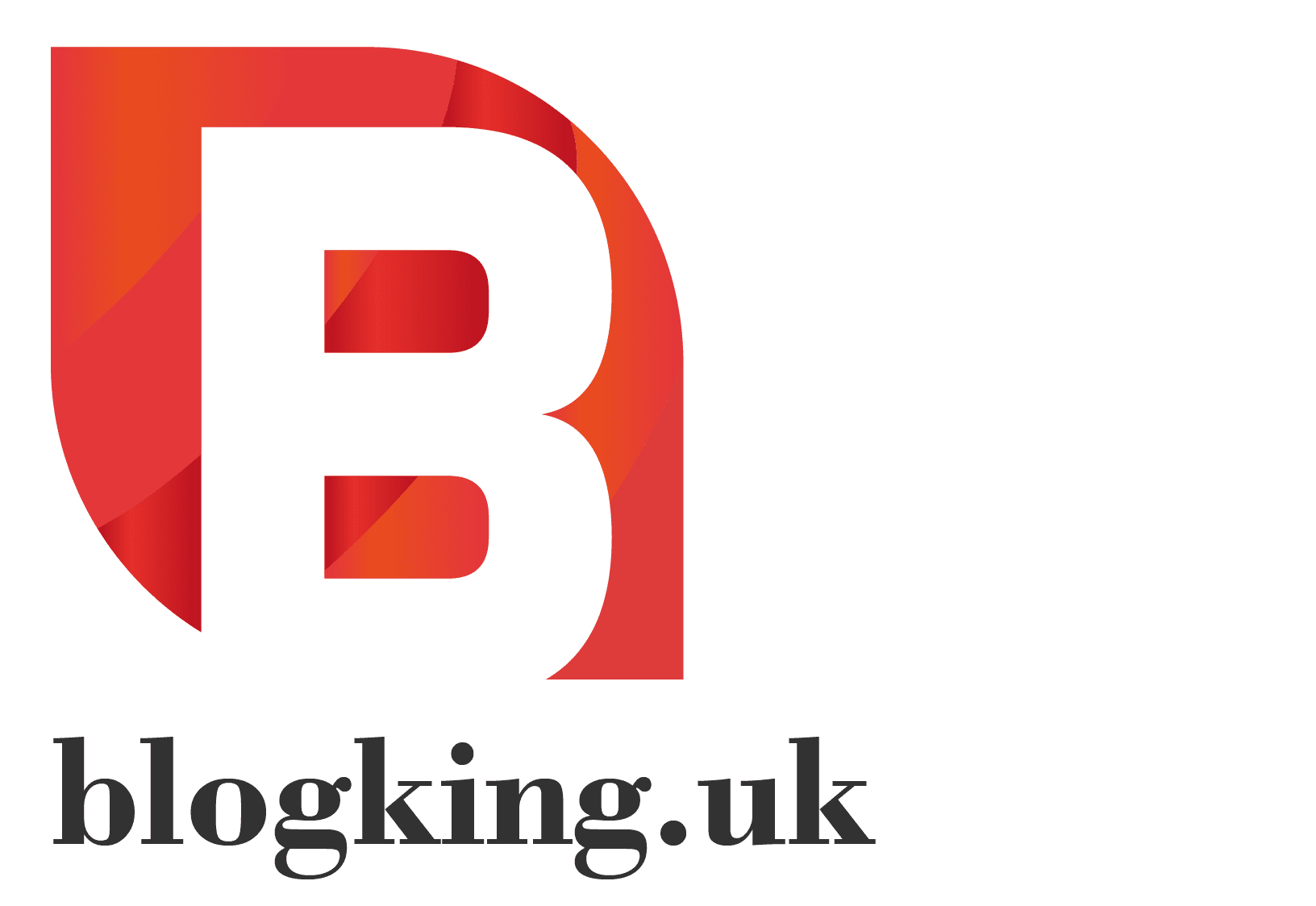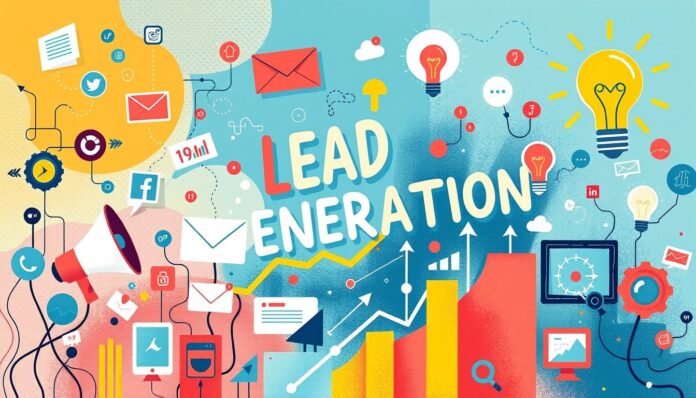Did you know that over 30% of B2B sales can take between one to three months to close? This shows how important good lead generation techniques is for businesses. It’s not just about getting names and numbers. It’s about building strong relationships and getting more sales.
A big 68% of companies don’t know their lead generation funnel. This means they need to find the right strategies to make things easier. In this guide, we’ll look at the best ways to improve your sales. We’ll help you deal with the challenges of today’s media world.
Table of Contents
Key Takeaways
- Effective lead generation is key for B2B business growth.
- Finding your lead generation funnel is vital to make things smoother.
- Using targeted content can boost lead conversion rates.
- Prospects need a mix of inbound and outbound lead generation.
- Good lead generation strategies use tools like Sales Intelligence to improve campaigns.
Understanding the Importance of Lead Generation
Lead generation is key to making sales cycles more efficient and bringing in new customers. It starts with understanding what lead generation is. A lead is anyone who shows interest in what a company offers. They need to be qualified to become a real prospect.
What is a Lead?
Leads are the first step in the sales process for businesses. They can start as simple questions but could become valuable customers. How well they engage and the quality of their information matter a lot.
Many companies use a lead scoring system. This system gives points based on how leads act. Leads who show strong interest in specific products get more points, showing they’re more likely to buy.
Different Types of Leads
Knowing the different types of leads helps in making better marketing plans. Marketers sort leads into several groups:
- Marketing Qualified Leads (MQLs): People who have looked at content like blogs or emails.
- Sales Qualified Leads (SQLs): Leads who have been checked and are likely to buy.
- Product Qualified Leads (PQLs): Those who have tried the product and might be interested.
- Service Qualified Leads: People who are clearly interested in specific services, ready to move forward.
By knowing these lead types, businesses can make their strategies more focused. Personalised content can really boost engagement. In fact, 80% of customers value the experience with a company as much as the product itself. For more tips and strategies, check out this resource.
Inbound vs Outbound Lead Generation Techniques
Knowing the difference between inbound and outbound lead generation is key. Each has its own strengths and weaknesses. This makes comparing lead generation strategies vital for success.
Benefits of Inbound Lead Generation
Inbound lead generation is gaining popularity. It attracts customers with content that meets their needs. Using SEO, blogging, and social media, businesses build strong connections.
Studies show inbound marketing is cheaper, with a 62% lower cost per lead. It also has a 10% conversion rate, compared to 1.5% for outbound.
- Fosters trust and credibility with prospects.
- Enhances brand visibility through engaging content.
- Encourages organic traffic growth and ongoing customer engagement.
Advantages of Outbound Lead Generation
Outbound lead generation has its own benefits. It involves reaching out directly, like cold calling and email campaigns. Though seen as intrusive, it can bring quick results.
Adding networking and online ads can boost success. This approach can lead to more sales right away.
- Immediate feedback and understanding of market needs.
- Utilises various channels for reaching targeted audiences quickly.
- Potential for higher immediate sales due to direct engagements.
Top Lead Generation Techniques for Businesses
In today’s fast-paced world, businesses must find effective ways to generate leads. By using targeted strategies, companies can reach more people and turn them into customers. Let’s explore some key methods that can make a big difference.
Utilising Sales Intelligence Tools
Sales intelligence tools give businesses key insights into who might be interested in their products. They collect data to help users find the right people to talk to. This way, marketing efforts can be more focused and effective.
By using these tools, businesses can turn cold calls into meaningful conversations. This is because they know exactly who they’re talking to and what they need.
Simplifying Lead Capture Forms
Lead capture forms are vital for getting new customers. Forms that ask only for the most important information work best. This makes it easier for people to give their details.
Keeping forms simple and easy to use is key. This way, more people will fill them out, helping businesses grow.
Leveraging Contextual Data to Engage Prospects
Using contextual data helps businesses understand what their leads are looking for. This information lets them send messages that really speak to their needs. It’s all about making the right offer at the right time.
By doing this, businesses can connect with people in a more meaningful way. This leads to better engagement and more chances of turning leads into customers.
| Technique | Description | Benefits |
|---|---|---|
| Sales Intelligence Tools | Analyse data to identify decision-makers and their intent. | Improves targeting and enhances conversation quality. |
| Lead Capture Forms | Forms that collect essential lead information efficiently. | Increases conversion rates with a user-friendly approach. |
| Contextual Data | Data that provides insights into prospects’ current needs. | Enhances engagement through tailored messaging. |
Effective Lead Generation Strategies in Digital Marketing
In today’s fast-paced business world, lead generation is key in digital marketing. Businesses can get better by using top methods to boost visibility and engagement. This part looks at how SEO and paid media can help.
Optimising SEO for Lead Generation
Good SEO strategies can greatly improve a business’s online presence. This drives more organic traffic. Optimised landing pages clearly show what you offer, helping more people convert.
For example, top pages can get over 8,400 visits a month. Content that speaks to your audience, along with the right keywords, helps people find you. Positive reviews and high ratings also make your business more appealing, leading to more leads. Brands with social proof can see a 15% boost in lead form conversions.
For more tips on SEO, check out professional search engine optimisation services.
Benefits of Paid Media Campaigns
Paid media also offers quick visibility and outreach. Paid search ads have a high conversion rate of 6.4%, beating other methods. Targeted campaigns can quickly grab the attention of possible customers, boosting conversion chances.
Remarketing can re-engage up to 70% of past visitors, sparking new interest in what you offer. Combining SEO with paid media creates a strong strategy for getting leads and boosting sales.
Utilising Content Marketing for Lead Generation
Content marketing is key for bringing in new customers. By making content for each stage of the conversion funnel, businesses can help leads make buying decisions. Knowing which content works at each stage helps connect with the audience better.
Creating Valuable Content for Each Funnel Stage
At the top of the funnel, brands need to grab attention with interesting content like blogs and guides. These pieces help people learn more and get interested. Moving down, content like webinars or eBooks can solve specific problems and help convert leads.
At this point, creating industry reports that speak to specific groups is a good idea.
Types of Content for Lead Conversion
At the bottom of the funnel, content aims to clear up doubts and push for a final decision. This includes case studies, product comparisons, and FAQs that address buyer concerns. Using clear and direct Calls-to-Action (CTAs) can greatly boost conversion rates.
Companies that use these tactics can see big improvements. For example, good content marketing can lead to a 10x increase in social media leads.
Integrating AI and Automation in Lead Generation
The use of AI in lead generation has changed how businesses talk to possible customers. Chatbots help by quickly answering questions, making the experience better. This not only gets more leads but also gives them the right info based on how they interact.
The Role of Chatbots in Lead Nurturing
Chatbots are key for talking to site visitors right away. They can answer questions, check if leads are good, and help people move through the sales process easily. Using chatbots for lead nurturing has many benefits, including:
- Real-time engagement with possible customers
- Improved lead capture rates by quickly checking visitors
- 24/7 availability to answer questions, making users happier
Enhancing Marketing Automation to Improve Efficiency
Marketing automation helps businesses manage leads better. It sends out content that’s just right for each lead, which is key for nurturing them. With AI tools, companies see big improvements in things like:
| Metric | Improvement |
|---|---|
| Lead conversion rates | 66% |
| Response rates from automated workflows | 50% |
| Campaign performance with predictive analytics | 50% |
| Overall marketing efficiency from real-time adjustments | 40% |
This helps businesses make their marketing plans better. As we keep using AI for lead generation, we get even better at meeting customer needs. The mix of AI and marketing automation looks very promising for the future of lead generation.
Networking and Referral Strategies for Lead Generation
Networking is key for businesses to get leads. It helps build relationships that can lead to referrals. By teaming up with industry experts and other businesses, we can grow our reputation and find new chances for success.
Building a Business Network
Having a strong business network is vital for lead generation. Going to conferences and industry events helps us meet new partners, clients, and mentors. To network well, we should:
- Know what we want to achieve from networking.
- Show real interest in others to build strong connections.
- Stay in touch with new contacts to keep relationships alive.
- Use platforms like LinkedIn, which 93% of B2B marketers use for lead generation.
By using these tactics, we can build a network that supports referrals and opens up new opportunities.
Creating Customer Referral Programs
Starting customer referral programs can really help us get more leads. These programs reward happy customers for recommending our products and services. This way, we get high-quality leads. Studies show referrals are 30% more likely to convert than other leads, making them a big part of our strategy. To get the most from these programs, we should:
- Give good rewards for referrals to encourage customers.
- Make the referral process easy and straightforward.
- Tell our customers about the program clearly.
These steps not only improve our relationships with customers but also build trust and loyalty. Using referrals can help us grow our client base and make our brand more reliable. For more tips on building relationships that help your business succeed, check out resources on networking strategies.
Monitoring and Analysing Lead Generation Performance
To make our lead generation strategies better, we need to watch key performance metrics closely. These metrics show our successes and what needs work. By regularly checking how well we’re doing, we can make our marketing better and get more conversions.
Key Metrics to Track Lead Generation Success
There are important metrics that show how well we’re doing with lead generation. By looking at these, we can see if our marketing is worth it and if it’s working well:
| Metric | Description | Importance |
|---|---|---|
| Conversion Rates | Percentage of leads that convert into customers | Shows how good our lead nurturing is |
| Cost per Lead | Total cost to get one lead | Tells us if our marketing spending is smart |
| Lead Quality | How good our leads are based on certain criteria | Helps us focus on the best prospects |
| Lead-to-Close Ratio | How many leads become paying customers | Checks if sales and marketing are working together |
| MQL to SQL Conversion Rate | How well we move Marketing Qualified Leads to Sales Qualified Leads | Shows if we’re good at qualifying leads |
Using tools like Google Analytics gives us better insights into lead generation. We should check our lead performance metrics every month. This helps sales and marketing teams work better together. Automation can also help track these metrics, making it easier and less prone to mistakes.
By doing A/B testing and looking at closed deals, we can find important trends. We can look at where leads come from, how engaged they are, and their demographics. This gives us a full picture of our lead generation. By using these methods, we can improve our lead generation and make our marketing more effective.
For more on how to measure marketing campaign success, check out this guide.
Conclusion
Effective lead generation is key for any business wanting to succeed. Understanding customer needs and using a variety of strategies can help turn strangers into loyal customers. This includes using content marketing, social media, and referral programs.
Knowing who your ideal customer is helps you target your marketing better. This leads to more sales and loyal customers. Technology, like AI and automation, also plays a big role. It makes processes smoother and helps grow your business.
Using these strategies and keeping an eye on how well they work can help your business grow. It’s important to stay up-to-date with digital changes and build strong relationships. This will help you get the most out of your lead generation efforts.
FAQ
What is lead generation?
Lead generation is about attracting people who might be interested in what you offer. It uses marketing to draw in these leads. It’s key for B2B businesses to grow and stand out.
What are the different types of leads?
Leads are divided into four types. Marketing Qualified Leads (MQLs) show interest through content. Sales Qualified Leads (SQLs) are ready to buy. Product Qualified Leads (PQLs) have tried your service. Service Qualified Leads are interested in specific offers.
What is the difference between inbound and outbound lead generation?
Inbound lead generation attracts customers with valuable content and social media. Outbound lead generation actively seeks customers through cold calls. Both can work together to engage more people.
How do sales intelligence tools help with lead generation?
Sales intelligence tools help find the right people to talk to. They gather data on who’s ready to buy. This makes marketing more effective.
What role does content marketing play in lead generation?
Content marketing is vital for attracting leads. It offers useful information at every stage of the sales process. Good content at each stage helps nurture leads and boost sales.
How can AI and automation improve lead generation?
AI and automation make lead generation better by helping with chatbots and streamlining processes. They also offer custom content. This technology gives deeper insights into lead behaviour, helping tailor strategies.
Why is networking important for lead generation?
Networking builds real connections that can lead to referrals. Working with industry experts and businesses boosts credibility. It opens up new opportunities for lead generation.
What key metrics should be monitored for lead generation success?
Key metrics include conversion rates, lead quality, and return on investment. Tracking these helps spot what’s working and what’s not. This leads to better lead generation strategies.






